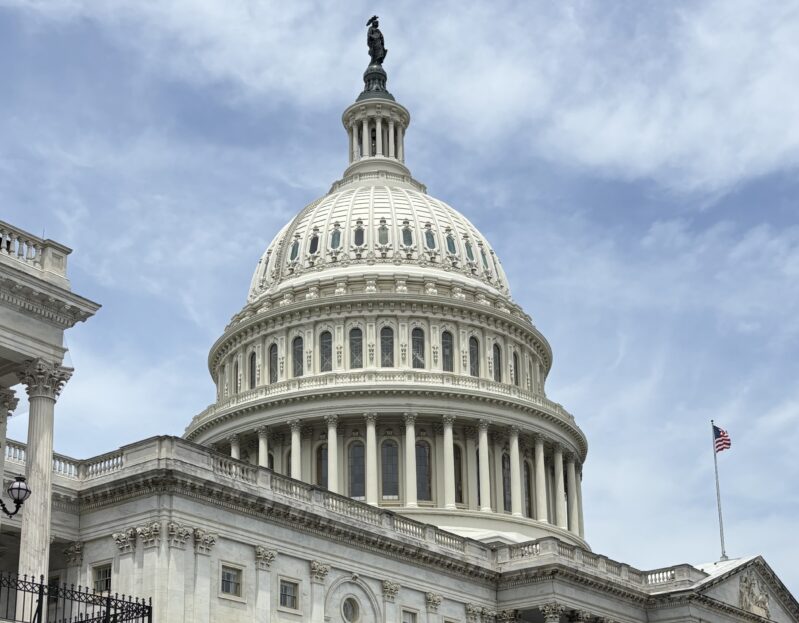Arctic permafrost thaw adaptation and mitigation policy priorities

arcticpolicy@woodwellclimate.org, Woodwell Climate Research Center
Overview
The Arctic is warming nearly four times faster than the global average, accelerating a host of environmental hazards and catastrophic impacts. Permafrost thaw, which describes the loss of perennially frozen ground, is among the most severe, yet overlooked, consequences and drivers of Arctic warming. Underlying roughly 15% of exposed land surface in the Northern hemisphere, permafrost soils contain approximately 1.4 trillion tons of carbon (twice the amount currently in the atmosphere). As it thaws, permafrost has the potential to destabilize local ecosystems, causing costly damage to critical infrastructure, permanently altering the natural landscape and displacing communities. Especially when combined with other extreme hazards in the region, like wildland fires, permafrost thaw may also release greenhouse gas emissions on par with the highest-emitting countries. Yet due to complex geopolitical dynamics and conflicting national priorities, the US government is no longer leading pan-Arctic science research and discovery of solutions to avoid the worst permafrost loss.
Go to top


